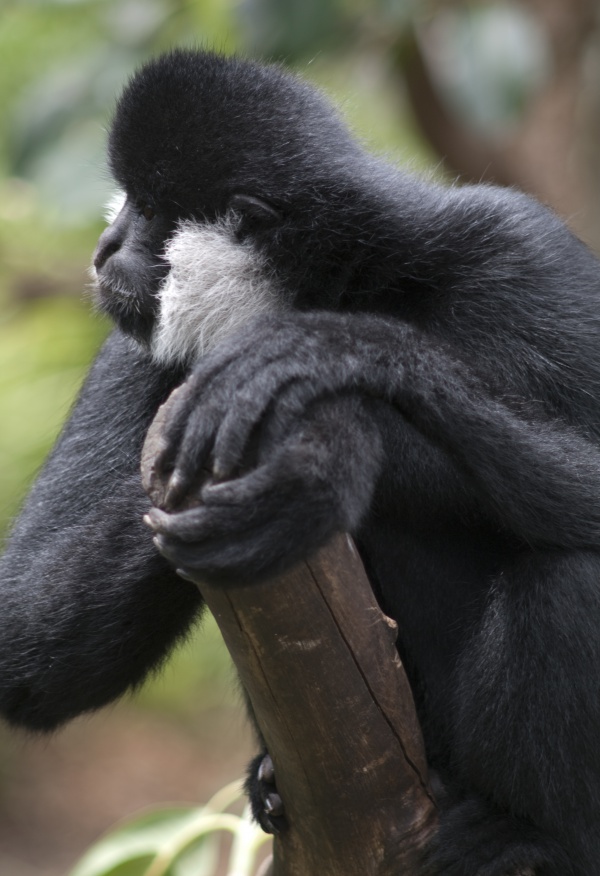Facts About Northern white-cheeked gibbon
The northern white-cheeked gibbon, an intriguing primate native to Southeast Asia, shares a close kinship with its southern counterpart. In a momentous discovery, a population of 455 critically endangered northern white-cheeked gibbons was identified in Vietnam's Pù Mát National Park, establishing it as a vital sanctuary for the species.
These gibbons are easily distinguishable by their sexual dimorphism. Males have black fur with prominent white cheek patches, while females are characterized by their reddish-tan fur and a dark crest. Renowned for their long, muscular arms and hand preferences, they closely resemble southern white-cheeked gibbons but differ in their vocalizations and the shape of their cheek patches.
These primates favor the primary evergreen subtropical forests of Vietnam and Laos, primarily consuming fruits, though they occasionally eat leaves, buds, and insects. Social by nature, they live in small family groups and exhibit strong territorial behaviors. Their complex vocal repertoire, including duets between mates, plays a crucial role in communication and strengthening pair bonds.
Regarding reproduction, northern white-cheeked gibbons form monogamous pairs with enduring bonds. The gestation period lasts approximately 200 to 212 days, and juveniles undergo color changes as they mature, reaching sexual maturity at seven or eight years old. Notably, these gibbons can live up to 28 years in the wild.

 Thailand
Thailand